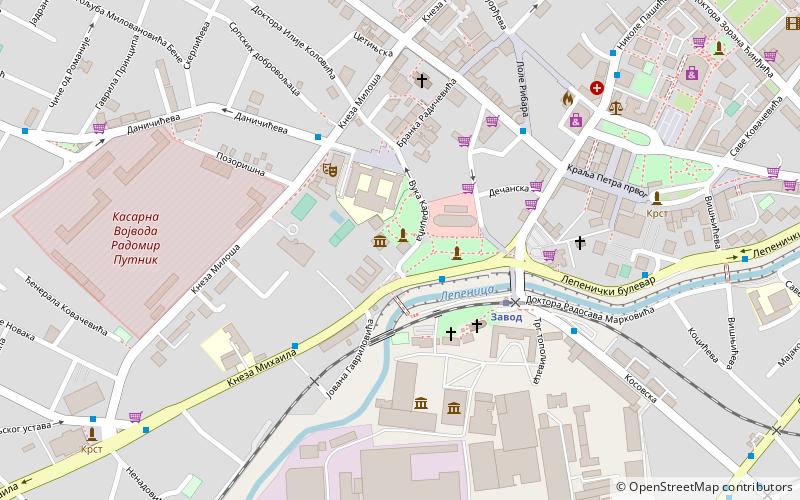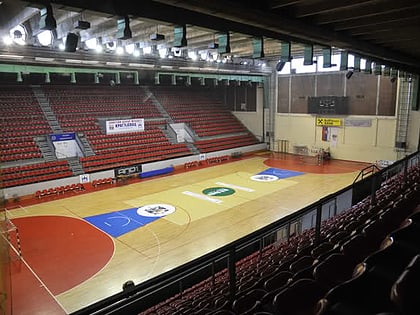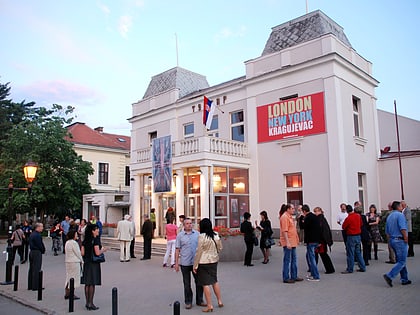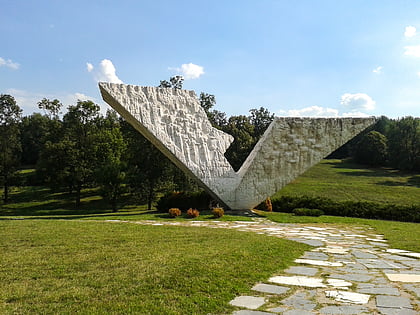Amidža Konak, Kragujevac


Facts and practical information
Nestled in the heart of Kragujevac, Serbia, Amidža Konak stands as a testament to the architectural elegance of the 19th century. This well-preserved palace, built in 1819 by Prince Miloš Obrenović, is a remarkable example of traditional Balkan architecture, often referred to as the Serbian style. Amidža Konak served as a residence for the prince's relatives, hence its name "Amidža," which means uncle or kinsman in Turkish.
The structure of Amidža Konak is a unique blend of simplicity and sophistication. Its robust exterior walls, crafted from locally sourced materials, conceal a refined interior that once catered to the needs of the Serbian nobility. The building's design features a symmetrical layout with rooms arranged around a central salon, typical of the period's residential structures.
One of the palace's most striking features is its façade, decorated with intricate woodwork and ornate details that capture the essence of the era's craftsmanship. The interior continues this theme, with hand-carved wooden elements and period furniture that transport visitors back to the early 19th century.
Today, Amidža Konak is not only an important cultural and historical landmark but also serves as a museum. It provides a rare glimpse into the lifestyle of Serbian nobility during the time of Prince Miloš. The palace's preservation allows for an educational journey through Serbia's past, offering insights into the social and cultural dynamics of the time.
Open to the public, visitors can explore the rooms and exhibits that showcase traditional clothing, art, and artifacts from the period. The konak's serene atmosphere is enhanced by its location within a large, peaceful garden, offering a tranquil retreat from the bustling city life of Kragujevac.
Kragujevac
Amidža Konak – popular in the area (distance from the attraction)
Nearby attractions include: Jezero Hall, Princely Serbian Theatre, Čika Dača Stadium, Šumarice Memorial Park.




